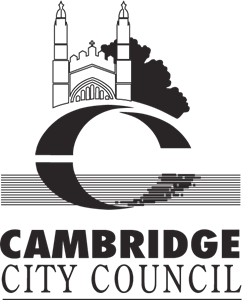The Miracles of San Francesco
The fifteenth-century San Francesco
passionately dislikes Tesco.
When he became a monk he swore
that he’d be good and pure and poor
but as he touched the Holy Book
its sheepskin cover cringed and shook
until he swore he wouldn’t cook
with animal ingredients.
Devils tested his obedience:
every morning he’d awaken
from a dream of eggs and bacon
sizzling on the kitchen fires
but his group of Minim friars
porridge-mindedly ignored it.
The saint’s devotion was rewarded
when priests had baked his favourite trout
and Jesus heard his anguished shout.
The zombie fish leapt splashing thither
verily merrily down the river.
Every Sunday, San Francesco
checks the frozen fish in Tesco.
A lively lamb trips at his heels,
skipping around the trolley wheels.
Last week, as he asked the cost
of cod, his little lamb got lost.
Today he paced the supermarket
swirling in a cloak so dark it
filled the aisles with melancholy,
stopping every shopping trolley:
Have you seen my Martinello?
His curls are black, his eyes are yellow?
Guards came to escort him out.
Francesco stared at them in doubt
then clapped his holy hands—unflummoxed,
his lamb sprang nimbly from their stomachs.
Catherine Olver






